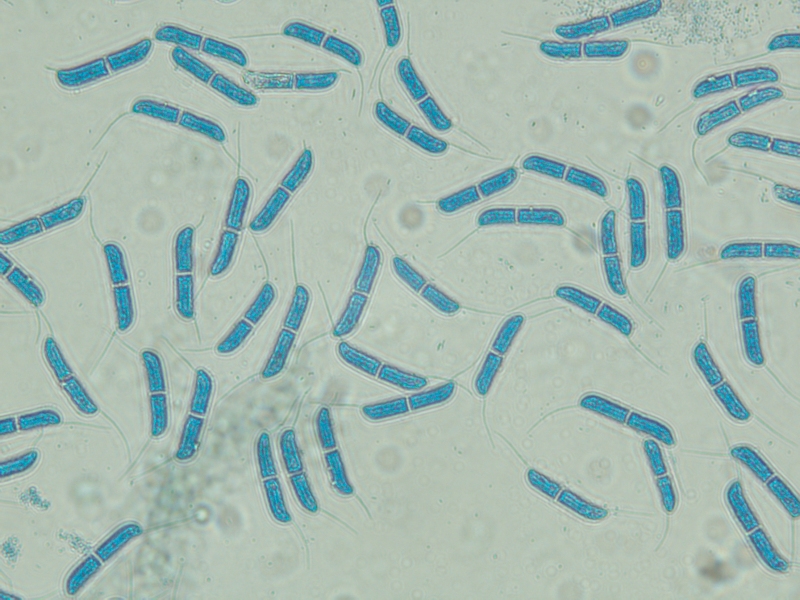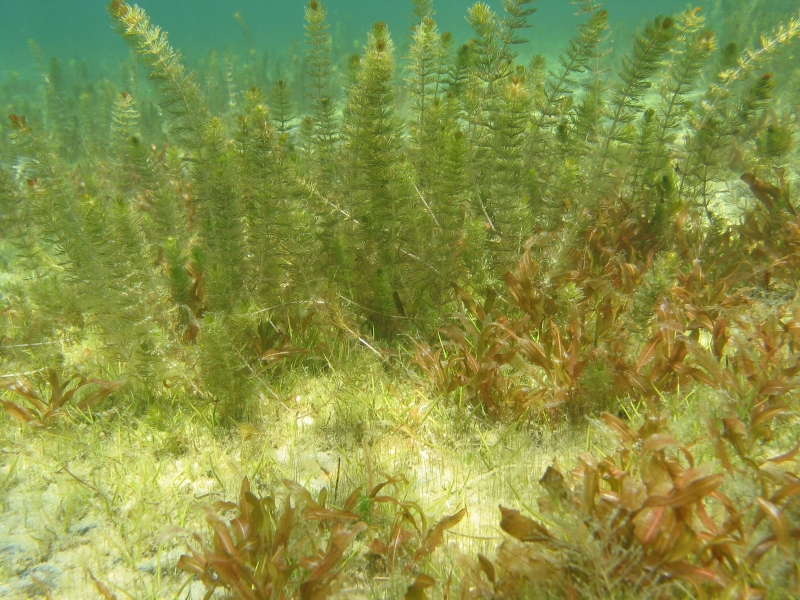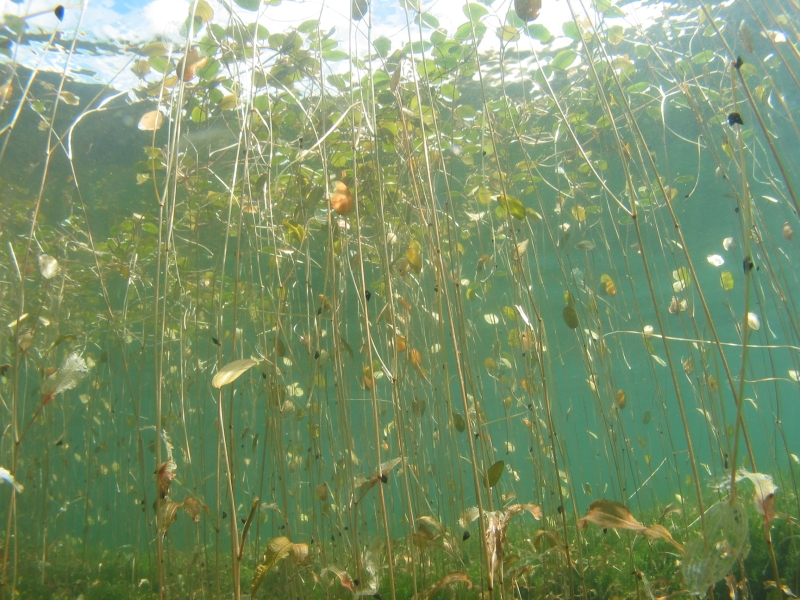NIWA research on Mycoleptodiscus terrestris (Mt) shows the fungus could potentially be used as an environmentally safe "natural" herbicide.
Mt is a naturally occurring plant pathogen that was initially found growing on the submerged aquatic weed hornwort (Ceratophyllum demersum). When Mt is cultured in mass, it can be dried, stored and then applied to weed beds as an alternative non-chemical method of weed control, using nature's own forces. Inundating the weeds with Mt results in a collapse of the infected plants, after which the Mt levels also decline.
The Mt fungus can be difficult to find in the wild and even harder still to isolate. Although it was originally discovered in the lower Waikato River, efforts to trial this fungus in regions outside of the Waikato have raised concerns over possible introduction of a foreign organism.
This concern had the potential to halt consents on its use outside of the Waikato region. So, NIWA scientists set out to determine whether Mt wasin fact, already present outside of the Waikato region, and whether it could be isolated from plants other than hornwort.
After analysing numerous samples taken from lakes in the Bay of Plenty, NIWA has confirmed that Mt occurs at sites outside of the Waikato, allaying concerns that Mt is a recent introduced species to New Zealand. Rather, no one had looked for it before in any detail.
From the analysis, it is also safe to conclude that Mt occurs in a wide variety of native and introduced plant species (including milfoil, pondweed and introduced 'oxygen weed') and may be a native species.
Mt offers exciting possibilities for environmentally safe management of nuisance weeds in New Zealand.



